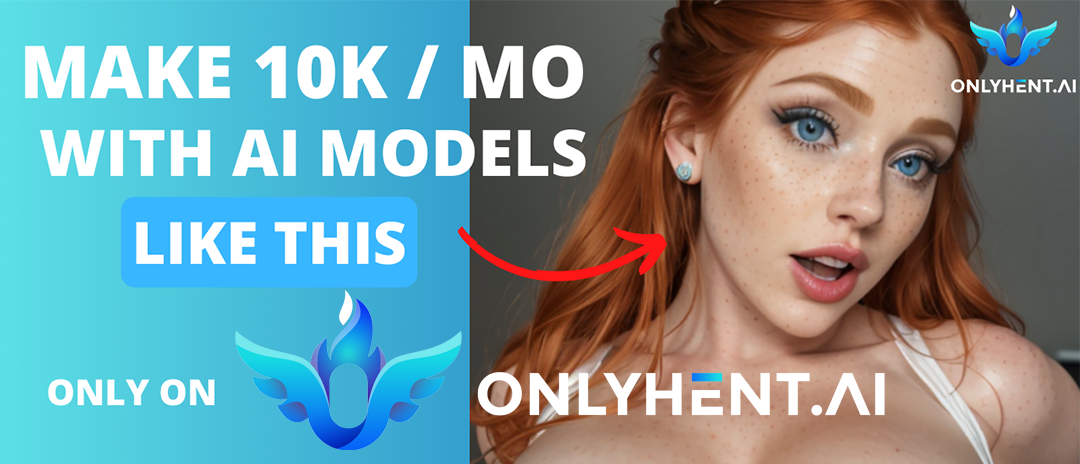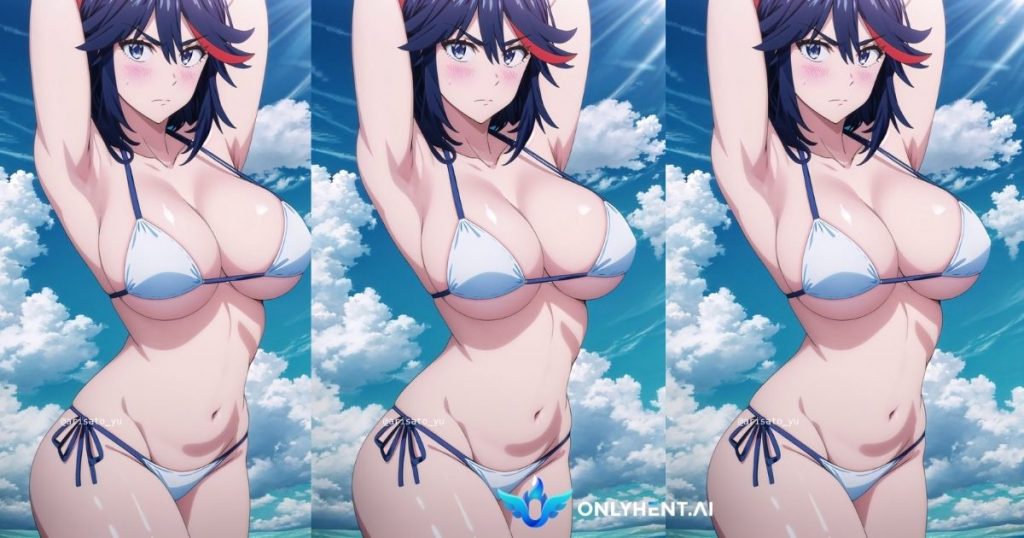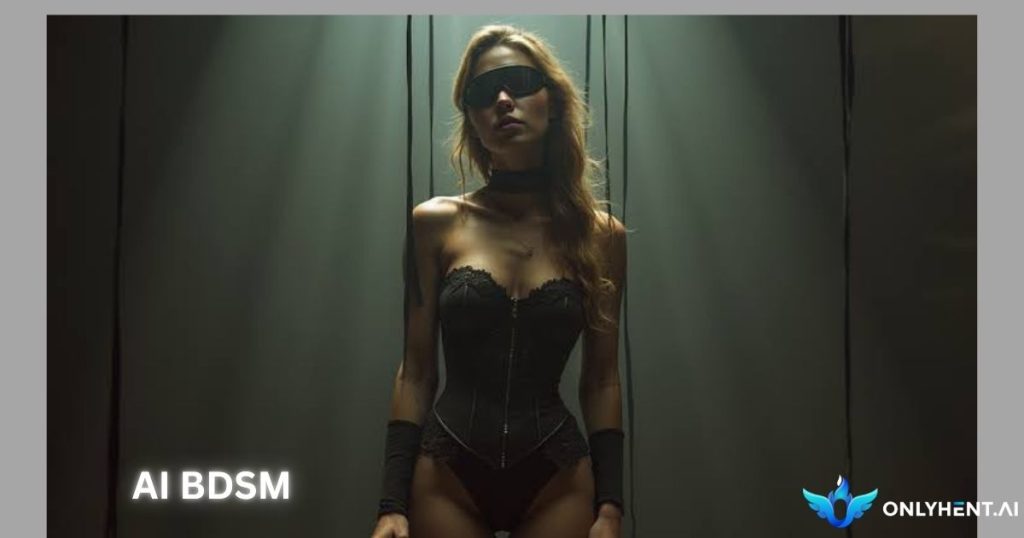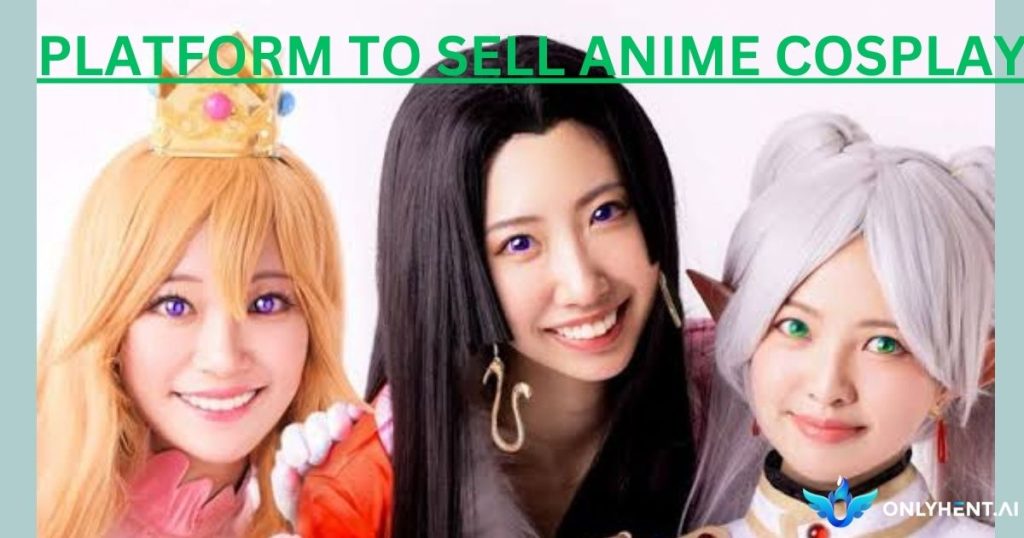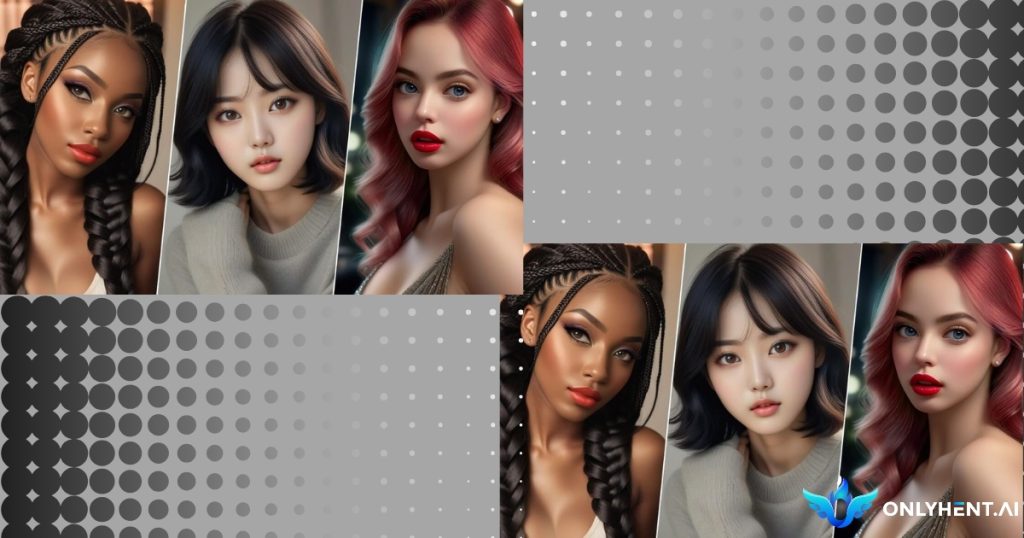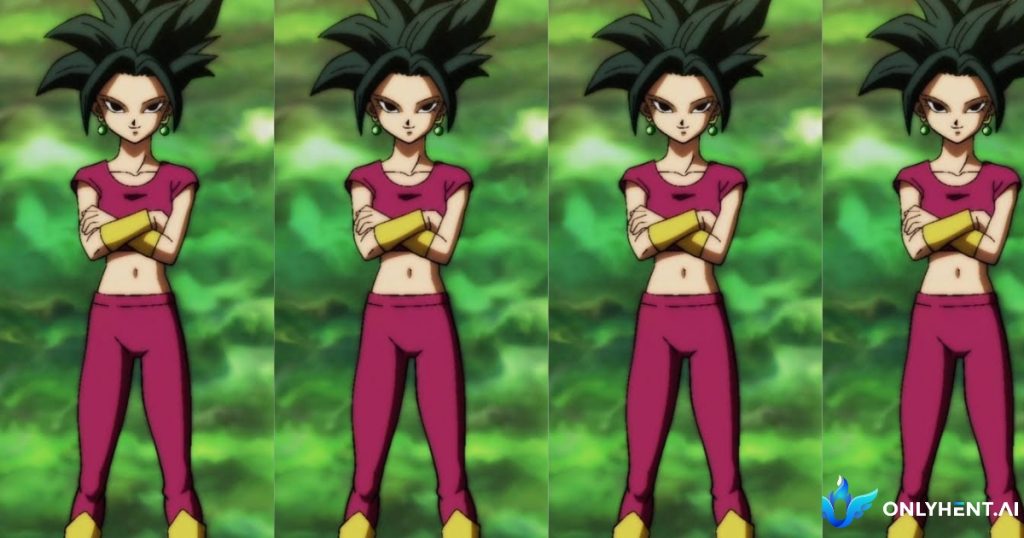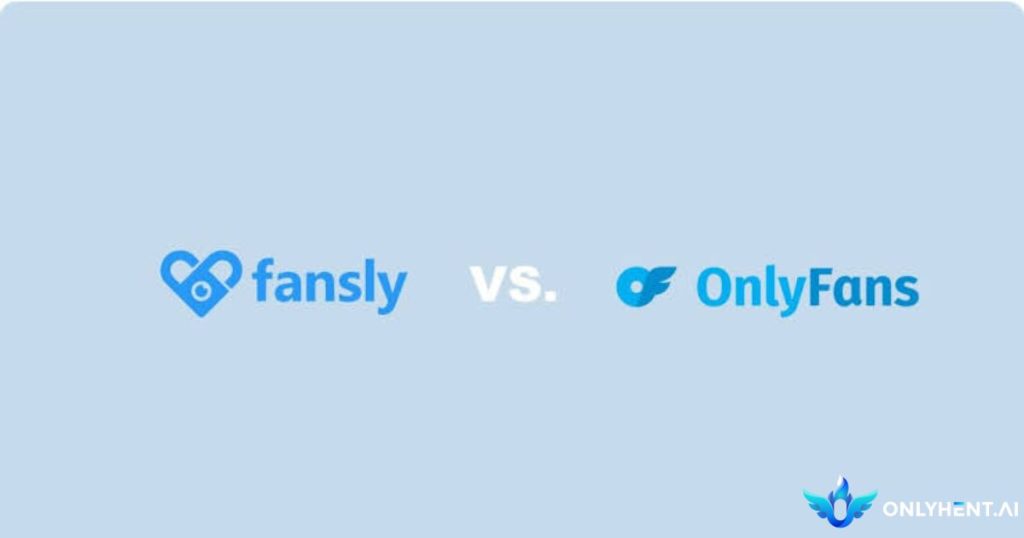Imagine a world where computers, powered by Artificial Intelligence in arts, create stunning visuals and artworks. It’s like magic happening on screens, where technology meets creativity most extraordinarily. In this exciting digital era, we will take you on a journey to explore the wonders of AI-generated art. Together, let us uncover the benefits of AI-generated art and understand how they are shaping the future of art and design.
Defining AI-Generated Art:
First, what exactly are AI-generated images, videos, and art? These are artworks and visuals brought to life with the help of intelligent computer algorithms. Instead of being solely crafted by human hands, these masterpieces are co-created with machines. These algorithms analyze vast amounts of data and use it to generate unique and captivating visuals that often leave us in awe.
The Rise of AI-Generated Art in the Creative World:
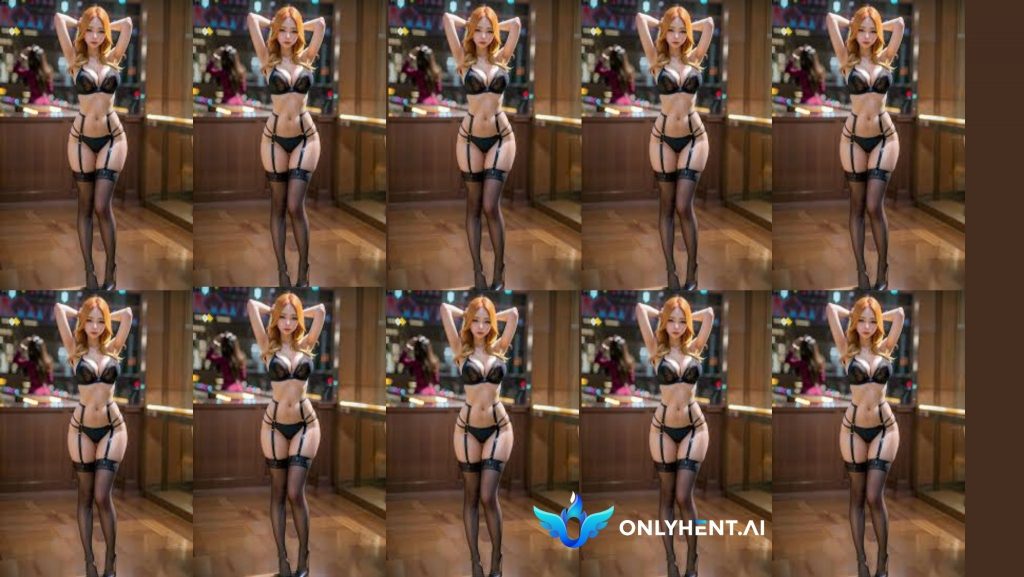
The application of AI artistry in the creative sectors has skyrocketed. Artists and designers are increasingly using AI technologies to enhance their work, offering new possibilities. Artists can experiment with these tools, stretching the boundaries of established creative genres.
A Fusion of Human Imagination and Machine Precision:
The partnership between human imagination and machine accuracy is one of the most exciting features of AI-generated art. Artists provide the first spark, an idea or concept, and then AI algorithms perform their magic. They take this information and turn it into something aesthetically stunning. This partnership between human creativity and machine accuracy is fundamental to AI-generated art, resulting in pictures that frequently surprise and thrill us.
Unleashing Endless Creative Potential:
The allure of AI-generated images, movies, and artworks stems from their almost endless possibilities. These compositions may imitate a wide range of art styles, from traditional paintings to cutting-edge digital graphics. They may adapt and learn, changing in response to the input they absorb. This versatility and boundless imagination motivate artists to venture into unexplored territory, experiment with new techniques, and alter the very definition of art.
Efficiency and Speed in Creative Processes with AI:
1. Streamlining Creative Workflows:
Artists use AI algorithms as virtual helpers, automating tedious labor and simplifying complex procedures. With graphic design, for example, AI techniques aid with layout optimization and color selection, resulting in visually pleasing compositions. These algorithms aid in smooth transitions, automatic subtitles, and even proposing appropriate background music in video editing. AI frees creatives to focus on the essence of their work conceptualization and innovation by performing these monotonous jobs.
2. Rapid Production and Delivery of High-Quality Visual Content:
The pace with which AI processes data is unparalleled. This speed translates into unparalleled creation and distribution of high-quality visual material. This adaptability is crucial for firms, particularly in marketing and advertising. AI-generated art is created quickly, whether they are commercials, social media postings, or product designs. Furthermore, AI maintains uniformity across platforms, preserving the brand’s identity and quality standards.
AI-Generated Art: Customization and Personalization
AI not only accelerates but also improves the creative process by personalizing material to specific consumers. AI systems personalize graphics and videos by monitoring user behavior and tastes, making them more engaging and relevant. This level of personalization builds deeper relationships with the audience, resulting in more user engagement and happiness. AI-driven personalization guarantees that each visual component connects with its intended audience, whether it is tailored product suggestions or targeted marketing efforts.
Cost-Effectiveness in Creative Production:
In today’s competitive creative industries, cost management is critical for firms to survive. AI technology has emerged as a potent tool, providing cost-effective solutions that are revolutionizing the manufacturing sector. AI not only cuts manufacturing costs but also improves the overall efficiency of creative pursuits by automating numerous processes and giving inventive alternatives to established ways.
1. Reducing Production Costs with AI Automation:
The potential of AI to automate labor-intensive processes is one of its most significant advantages in creative output. In graphic design, for example, AI-generated art software may develop elaborate drawings, removing the need for substantial manual labor. Similarly, AI algorithms may perform jobs like color correction in film editing, reducing the need for many human hours. This automation not only saves time but also dramatically cuts labor expenses, allowing organizations to better deploy their resources.
2. Comparison with Traditional Production Methods:
AI-generated art processes outperform traditional manufacturing methods in terms of efficiency and accuracy. Traditional approaches may need a significant labor and time investment. Traditional frame-by-frame animation techniques, for example, need precise attention to detail, resulting in longer production timetables and greater costs. AI-based animation technologies, on the other hand, can mimic human-like motions and expressions, lowering production time and costs while retaining quality.
AI-Generated Art vs. Traditional: A Cost-Effectiveness Analysis:
Time Efficiency: AI systems can handle massive volumes of data in seconds, speeding up the manufacturing process. Traditional approaches, which rely only on human effort, frequently lag in comparison, resulting in longer project schedules and greater expenses associated with extended work hours.
Error Reduction: AI technologies that are directed by complicated algorithms reduce mistakes and provide uniformity throughout the manufacturing process. Traditional procedures, which are prone to human mistakes, may necessitate modifications and adjustments, incurring additional expenses and delays.
Adaptability: AI systems can quickly adapt to changing project needs. AI systems adapt to changes effortlessly, whether it is changing visual components or tweaking animation sequences. Traditional approaches may struggle to handle unexpected changes, resulting in increased costs to correct departures from the original plan.
Long-term Cost Savings: While the initial investment in AI technology is high, the long-term cost reductions are tremendous. Businesses gain from lower labor costs, faster project completion, and lower error-related costs, leading to a significant return on investment over time.
Creativity and Innovation in the Age of AI:
A. AI as a Catalyst for Creative Exploration and Experimentation:
AI algorithms, with their capacity to analyze massive information and spot nuanced patterns, are ideal collaborators for artists looking for new directions. Creatives may use AI-powered tools to experiment with many visual components such as colors, forms, and textures that would be difficult to explore with traditional approaches.
Inspiring Creativity: AI algorithms can mine enormous art collections for trends and styles that might inspire artists. Artists may incorporate historical and contemporary creative trends into their work by knowing these movements and producing a blend of classic and modern forms that attract audiences with their depth and complexity.
Facilitating Experimentation: AI-generated art software allows artists to quickly experiment in numerous ways. For example, in digital painting, AI algorithms can replicate various brush strokes and textures, allowing artists to experiment with new artistic techniques and discover their voices. This exploration fosters creativity by allowing artists to break free from traditions and explore unexplored artistic realms.
B. Pushing the Boundaries: Unique Artistic Styles and Concepts:
AI-Driven Art Styles: Artificial intelligence-generated art has brought very new artistic genres, defying established rules. Neural art, which combines neural networks and creative vision, produces captivating, abstract graphics that fascinate audiences. These distinct forms challenge viewers’ perceptions of art, urging them to appreciate the synthesis of human creativity with artificial intelligence.
Conceptual Innovations: AI-generated art challenges traditional notions of authorship and creativity. Collaborations between artists and artificial intelligence systems, in which algorithms produce graphics based on human input, blur the distinction between human and machine-generated art. This partnership raises fascinating concerns about the nature of creativity, sparking discussions about the meeting point of human intuition and artificial intelligence.
Quality and Consistency in AI-Generated Art:
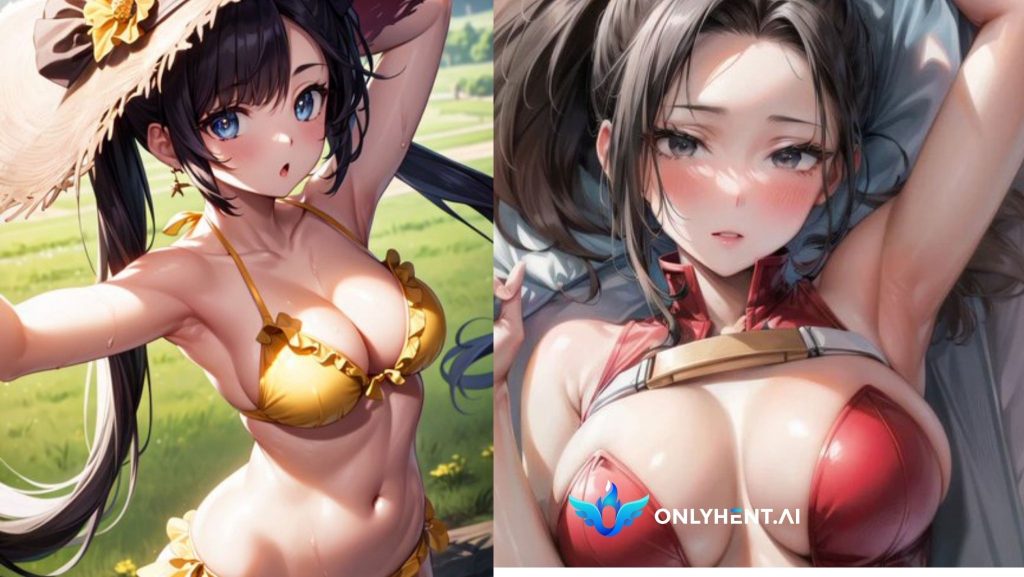
Maintaining continuous quality levels and attaining precision in every frame are crucial markers of excellence in the visual arts. These standards have reached new heights since the emergence of artificial intelligence (AI). AI not only ensures consistency in quality, but it also eliminates human errors, ushering in a new era of perfect and visually spectacular works.
A. Maintaining Consistent Quality Levels in AI-Generated Art:
Precision in Replication: AI algorithms are painstakingly constructed to mimic patterns and details with unrivaled accuracy. AI guarantees that each piece is properly duplicated across numerous frames, whether producing detailed textures or duplicating complicated visual styles. This accuracy results in a constant visual quality that captivates consumers and defines a digital standard of excellence.
Adaptability across Platforms: AI-generated images may be shown on a variety of platforms and screen sizes. AI adjusts graphics for each platform, maintaining consistent quality regardless of the viewing medium, whether presented on large-scale TVs or portable devices. This flexibility improves the user experience while preserving the artwork’s integrity across varied technology contexts.
B. Eliminating Human Errors: Ensuring Perfection in Every Frame:
Flawless Rendering: AI-generated art software rendering substantially eliminates human mistakes such as anomalies in lighting or perspective. Each frame is thoroughly analyzed by AI systems to ensure that every visual element aligns flawlessly. This attention to detail leads to precisely generated pictures that are devoid of flaws that might distract viewers from the desired creative statement.
Enhanced Editing Capabilities: AI provides real-time editing capabilities, allowing artists to precisely improve and perfect their work. AI capabilities enable artists to attain excellence in every frame, whether they are changing color gradients, increasing details, or fixing tiny mistakes. This rapid editing method not only saves time but also ensures a degree of quality that was previously difficult to accomplish manually.
Accessibility and Inclusivity in AI-Generated Arts:
Accessibility and diversity are not simply ideals in the vast domain of visual arts, but essential rights. These rights are being achieved in unprecedented ways with the use of artificial intelligence (AI), guaranteeing that visual arts are accessible to all, regardless of talent, culture, or language.
A. Making Visual Arts Accessible to People with Disabilities:
Enhancing Visual Descriptions: AI algorithms help improve visual descriptions. Individuals with visual impairments can benefit from AI-powered technologies that give thorough audio explanations of artworks, allowing them to comprehend delicate details and creative nuances that would otherwise be overlooked. This aural experience broadens their appreciation of art, developing a deeper knowledge and connection.
Interactive Experiences: Individuals with impairments benefit from interactive experiences made possible by AI. Those with restricted mobility can physically experience artworks by using touch-sensitive interfaces and AI-driven tactile feedback systems. These interactive interactions go beyond the constraints of traditional art appreciation, allowing people to interact with art in a multimodal way.
B. Enabling Participation and Appreciation across Cultures and Languages:
Language Translation and Localization: AI-powered language translation guarantees that artistic content is accessible to people all around the world. AI automatically translates descriptions, artist statements, and historical settings into numerous languages, breaking down linguistic boundaries. This localization expands the reach of visual arts, allowing varied audiences to interact with the art world on their terms.
Cultural Sensitivity: AI algorithms are supposed to be culturally sensitive, taking into account a wide range of cultural situations and preferences. This sensitivity is expressed in the development of artworks that are resonant with certain cultural aesthetics and tales. AI-generated arts create a bridge, increasing understanding and respect across different civilizations, by recognizing cultural variety.
Impact of AI on Various Industries:
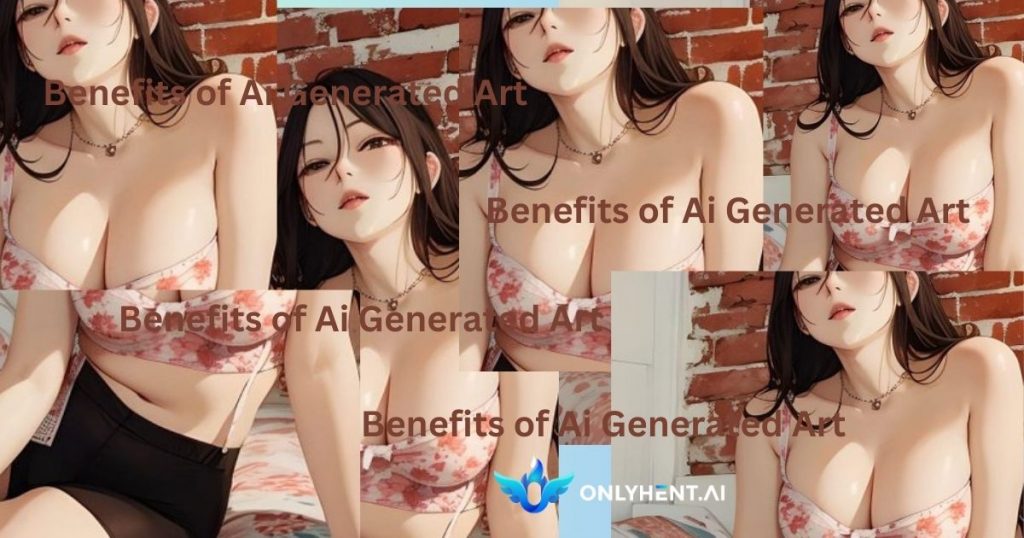
A. AI in Entertainment: Films, Animation, and Gaming:
AI algorithms are transforming the creation process in the entertainment industry. AI-powered technologies in cinema and animation enable the creation of sophisticated visual effects and lifelike characters, drastically reducing production time and costs. Furthermore, AI algorithms in the gaming industry enhance gameplay experiences by offering dynamic stories, adaptable obstacles, and lifelike opponent behaviors, bringing gaming to new heights of realism and engagement.
B. AI in Marketing: Revolutionizing Advertisements and Branding:
AI has become the foation of current marketing techniques, transforming how businesses interact with their customers. Marketers acquire significant insights into customer behavior with AI-driven data analysis, allowing them to create highly targeted and tailored marketing. AI systems anticipate customer preferences, optimizing ad content and placement for optimum effect. Furthermore, AI-powered chatbots improve consumer interactions by giving immediate replies and increasing overall customer happiness.
C. AI in Education: Enhancing Learning Experiences through Visuals:
AI-generated arts have caused a paradigm change in education. Interactive learning modules, virtual classrooms, and immersive educational games are transforming traditional teaching techniques. AI evaluates pupils’ learning habits and tailors instructional content to their specific requirements. 3D simulations and augmented reality, for example, generate interesting and memorable learning experiences. Furthermore, AI helps educators by automating administrative work, allowing them to focus on tailored instruction and creating a more effective learning environment.
D. Earning on the Platform Onlyhent.ai with Subscription Plans and Displaying Creators’ Work:
Onlyhent.ai, a pioneering platform in AI-generated hentai art, has created a one-of-a-kind environment for creators to monetize their work. Creators profit from subscription plans because users have access to exclusive and high-quality material. This concept not only encourages producers to produce excellent material but also develops a feeling of community among subscribers, improving the entire platform experience. Additionally, producers may present their creative work to a worldwide audience, establishing their position in the competitive field of AI-generated Hentai entertainment.
The influence of AI on entertainment, marketing, education, and new platforms such as Onlyhent.ai demonstrates the revolutionary potential of technology. As these sectors continue to adopt AI, the future offers even more innovative advancements, bringing in an era of unrivaled creativity, accessibility, and user engagement.
Challenges and Future Developments in AI-Generated Art:
A. Current Challenges Faced in AI-Generated Art:
Although promising, the field of AI-generated images is not without challenges. While these obstacles are important, they act as accelerators for innovation and progress in the industry.
Quality Assurance: Maintaining consistent quality continues to be a concern. While AI algorithms are sophisticated, they can generate graphics that lack the subtle originality of human artists, necessitating thorough quality checks.
Ethical Concerns: Deepfake technologies, in particular, provide ethical quandaries. It is critical to ensure that AI-generated art is utilized appropriately and ethically to avoid disinformation and manipulation.
Data Bias: AI systems learn from the data that is supplied to them. If the input data is skewed, AI-generated art may reflect or perpetuate social prejudices, needing proper data curation.
Copyright and Intellectual Property: Determining ownership and copyright for AI-generated art can be difficult. As AI creates independently, it becomes critical to explain legal frameworks to preserve authors’ rights.
B. Future Innovations and Advancements: What to Expect:
The future of AI-generated art is full of intriguing possibilities, with the potential to overcome present hurdles and reshape creative environments.
Enhanced Creativity: Future AI algorithms will prioritize creativity, encouraging cooperation between AI and human artists. This collaboration will produce pictures that combine AI accuracy with human brilliance, generating unique aesthetic interpretations.
Experiential Realism: AI advancements will make it easier to create graphics that break down traditional limits. Visuals will become more immersive and engaging, erasing the barriers between reality and digital art.
Ethical AI: Ethical AI frameworks will be created to ensure ethical usage and bias reduction. Stricter norms and regulations will control the ethical usage of AI-generated art, building confidence in both consumers and producers.
AI-Driven Personalization: AI will transform customization by adapting graphics to individual interests. AI will produce content that connects intimately with each viewer, increasing engagement and pleasure, whether in entertainment, education, or marketing.
Human-AI Collaboration: Human-AI collaboration will become more intense. Artists, educators, and professionals, who will use its computational capacity to boost their creativity and efficiency, will use AI as a tool.
Conclusion
We went into the diverse domain of AI-generated art during our investigation, revealing a landscape rich with innovation and potential. The advantages are apparent, ranging from efficiency and speed to creativity and inclusion. With their accuracy and agility, AI algorithms have simplified creative processes, assuring the speedy development and distribution of high-quality visual material. Furthermore, modern technologies have democratized art, making it accessible to people of all backgrounds and cultures. They have left an unmistakable imprint on the fields of entertainment, marketing, and education.
Furthermore, join our platform onlyhent.ai which serves as an example of this new era. We not only provide artists a place to express themselves creatively but also give them the possibility to make money through AI-generated hentai art. This intersection of creative and financial prospects promotes artist sustainability and growth, establishing a thriving community of innovators.
Finally, the revolutionary impact of AI-generated art demonstrates human inventiveness. Let us proceed with an appreciation for art’s great traditions and enthusiasm for the unexplored frontiers that lay ahead. Let us welcome AI as a collaborator in our creative activities, building a world in which artistic expression has no boundaries. With responsible investigation and ethical execution, we can start a new era in which creativity thrives and invention knows no bounds.
-
Creativity and Innovation in the Age of AI:
-
- A. AI as a Catalyst for Creative Exploration and Experimentation:
- B. Pushing the Boundaries: Unique Artistic Styles and Concepts:
- Quality and Consistency in AI-Generated Art:
- A. Maintaining Consistent Quality Levels in AI-Generated Art:
- B. Eliminating Human Errors: Ensuring Perfection in Every Frame:
- Accessibility and Inclusivity in AI-Generated Arts:
- Impact of AI on Various Industries:
- Challenges and Future Developments in AI-Generated Art:
- A. Current Challenges Faced in AI-Generated Art:
- Conclusion
-


